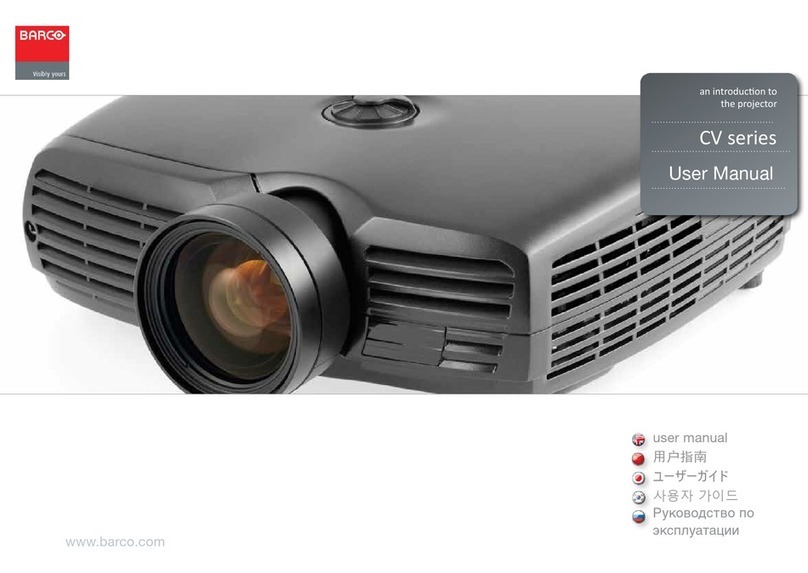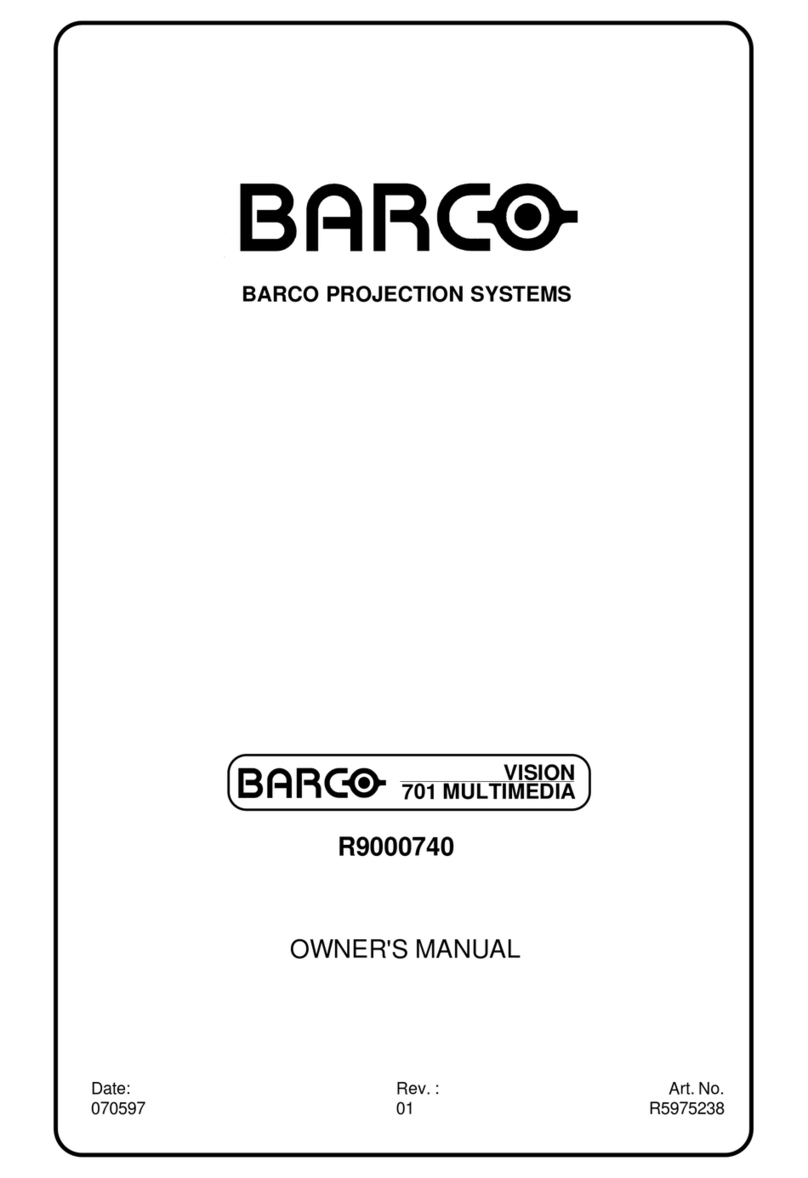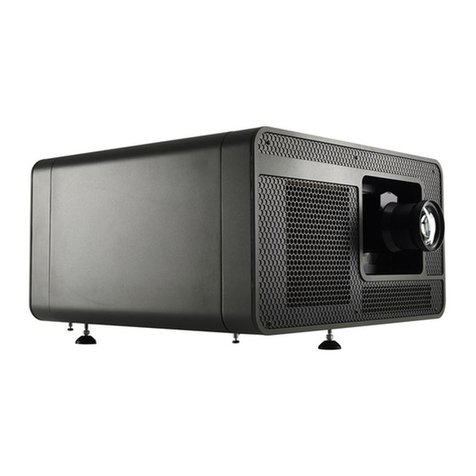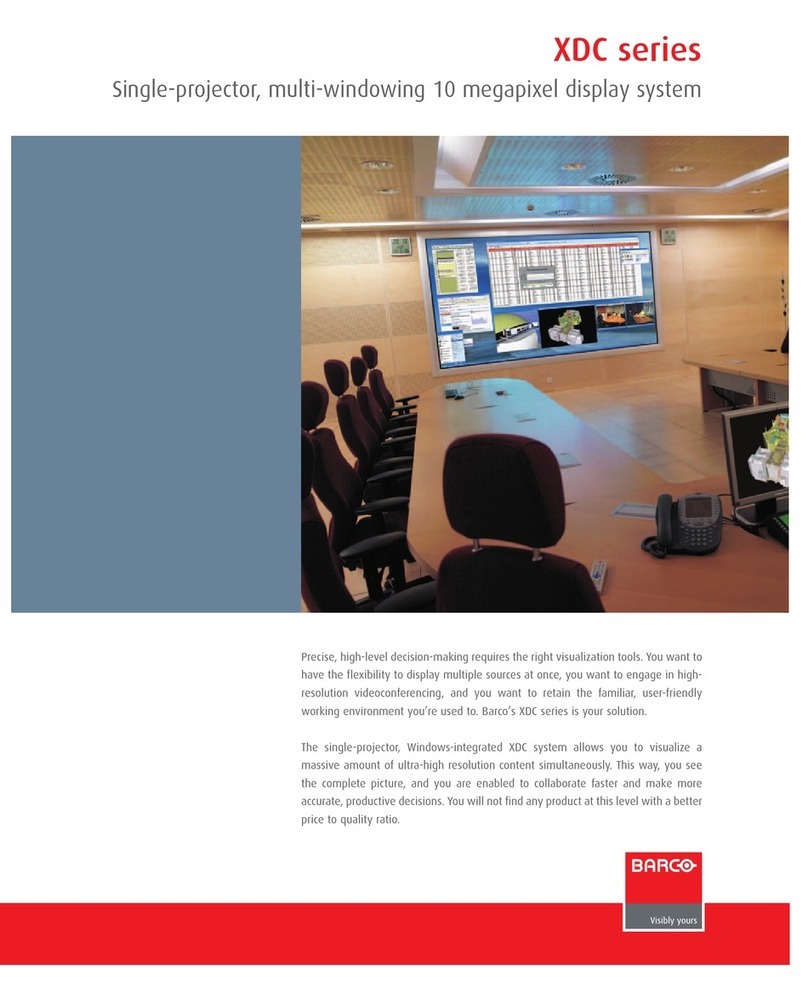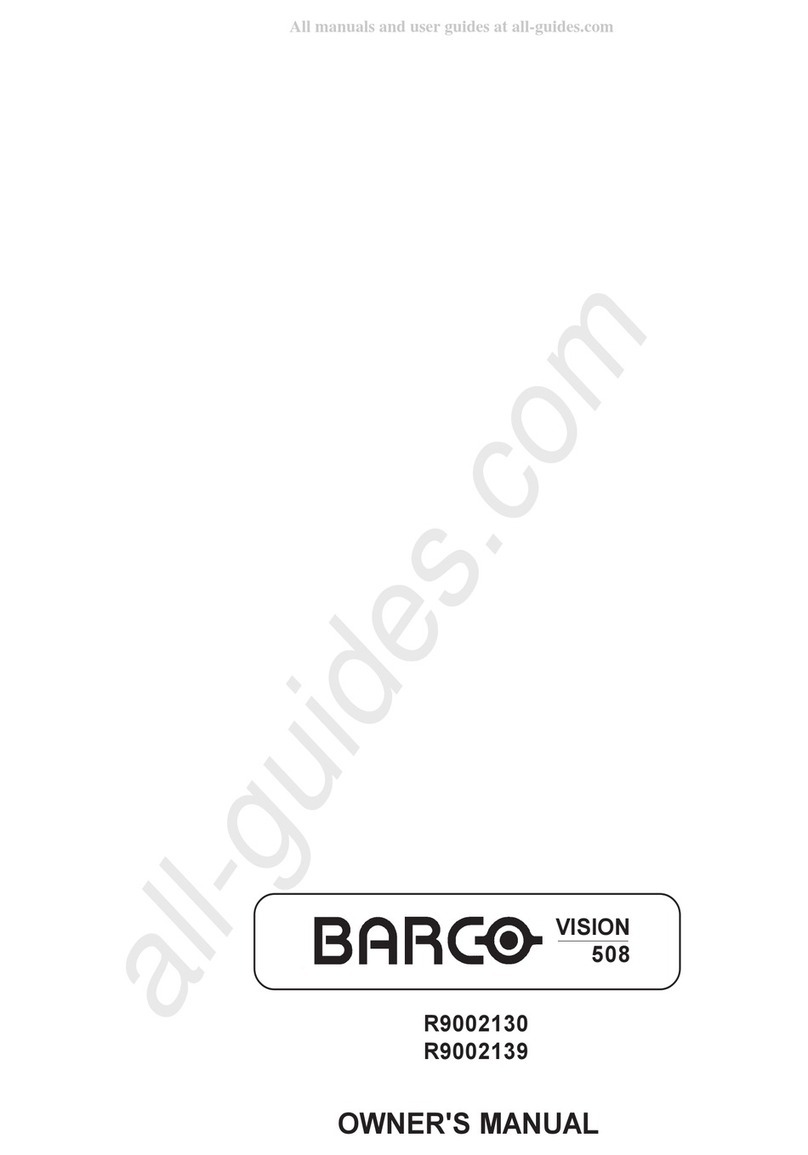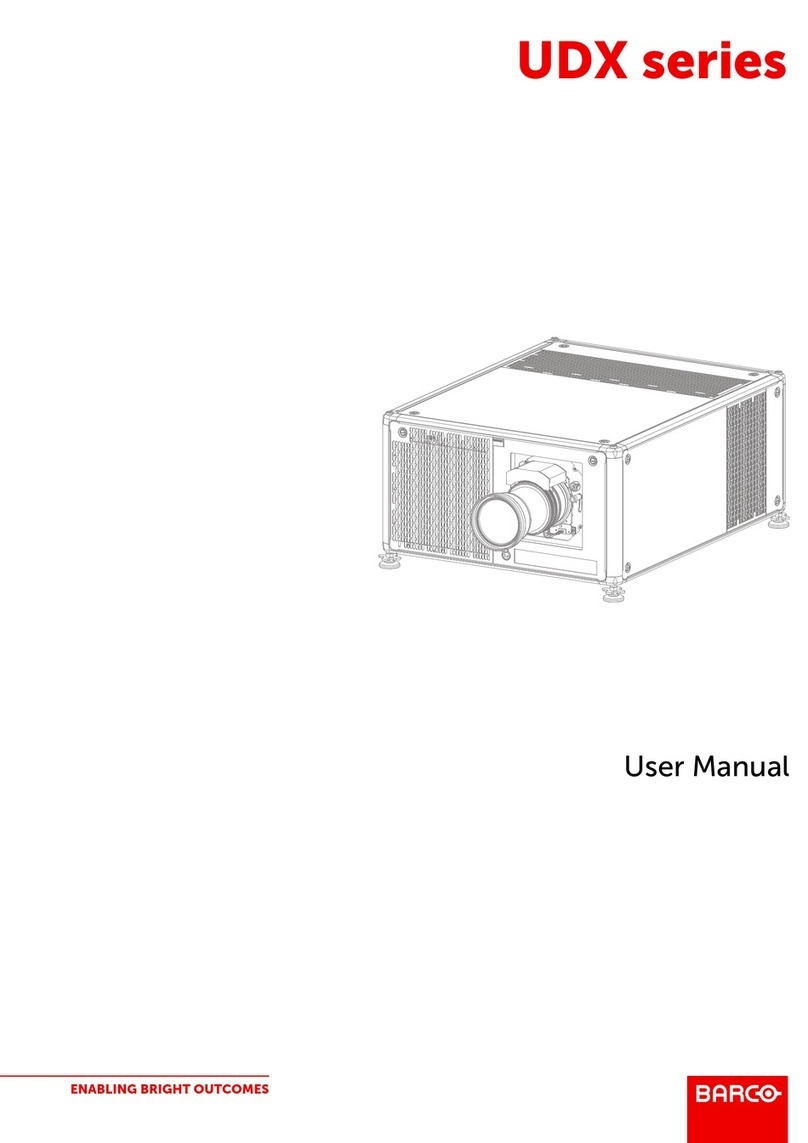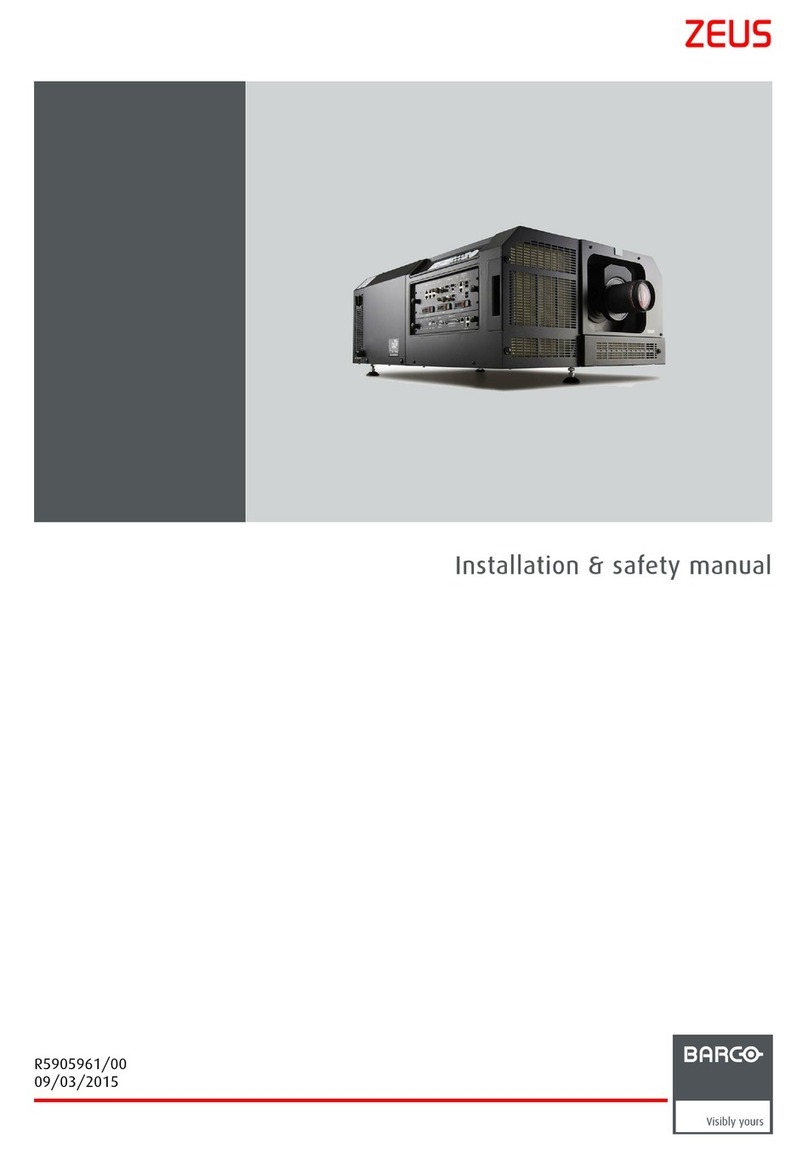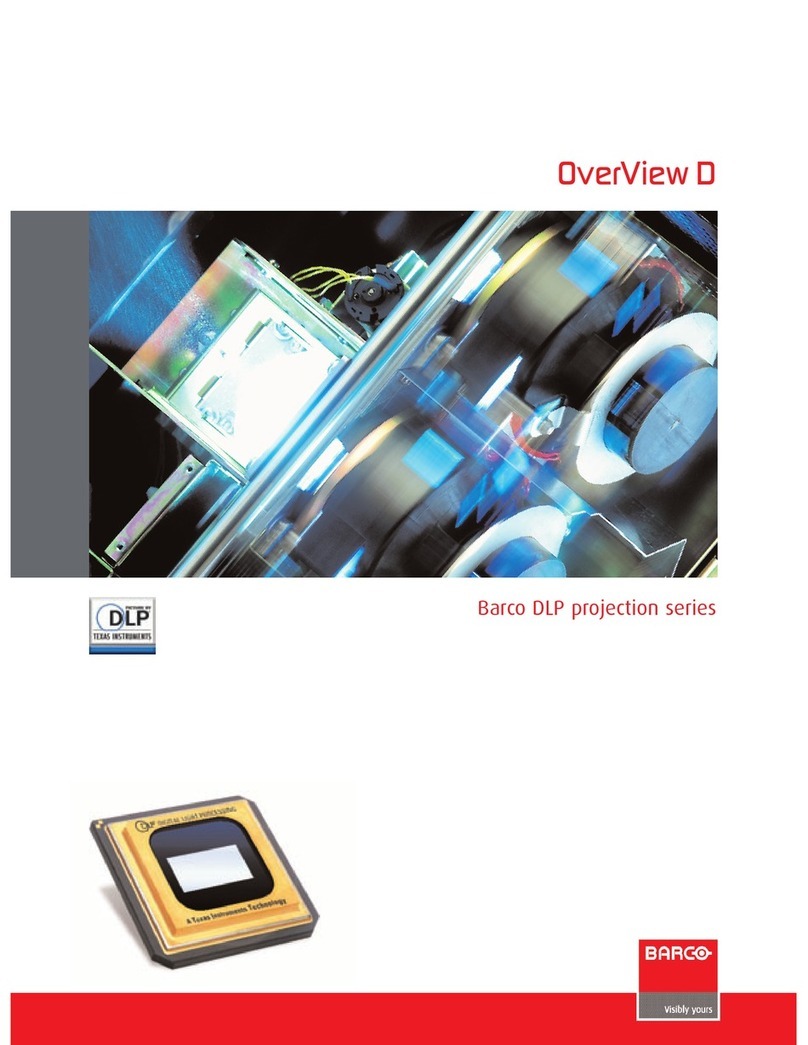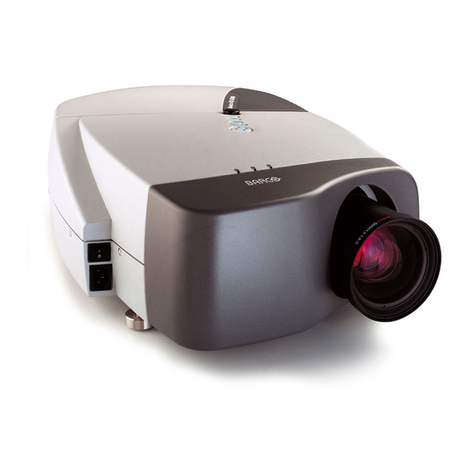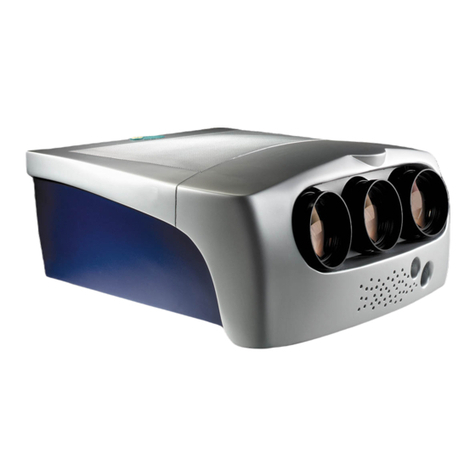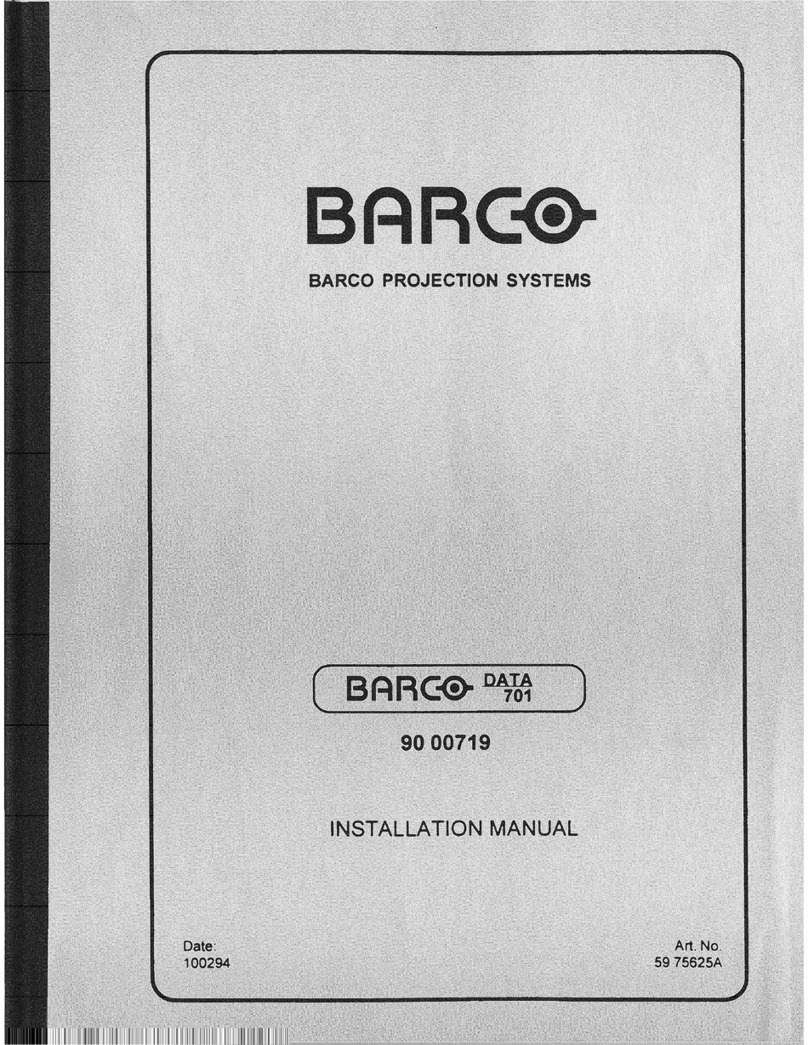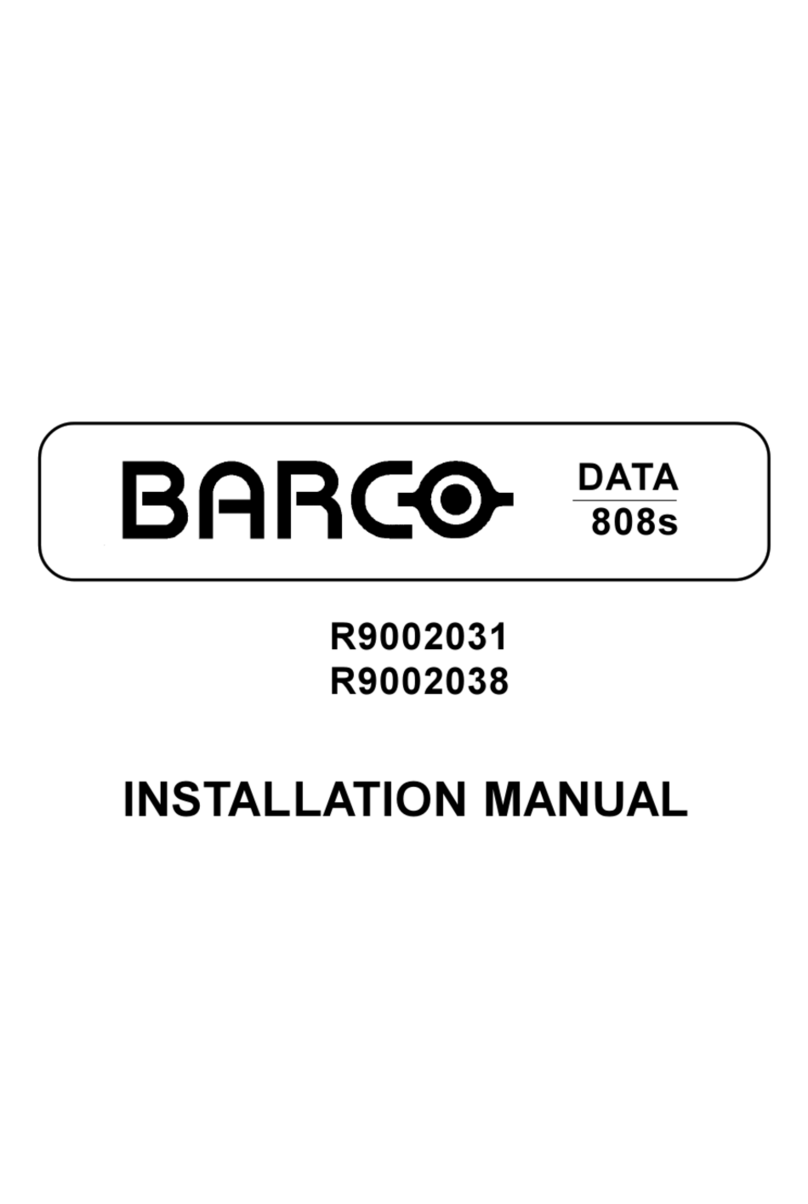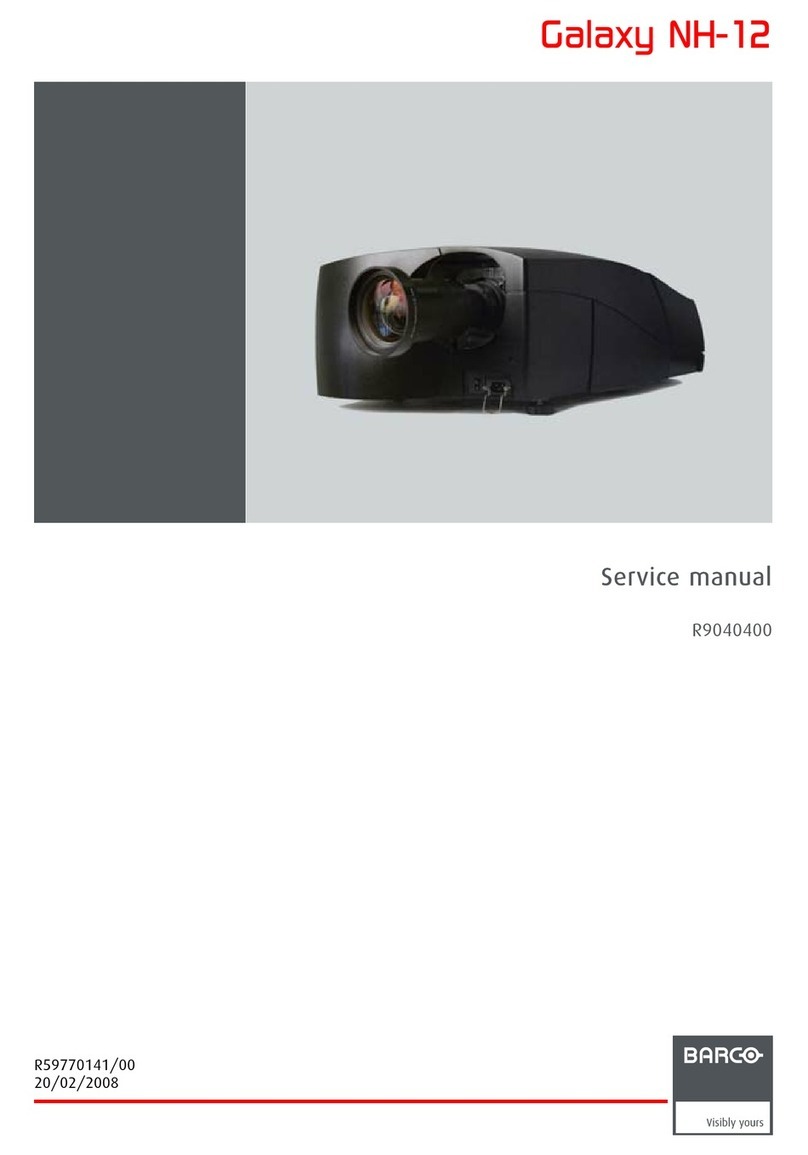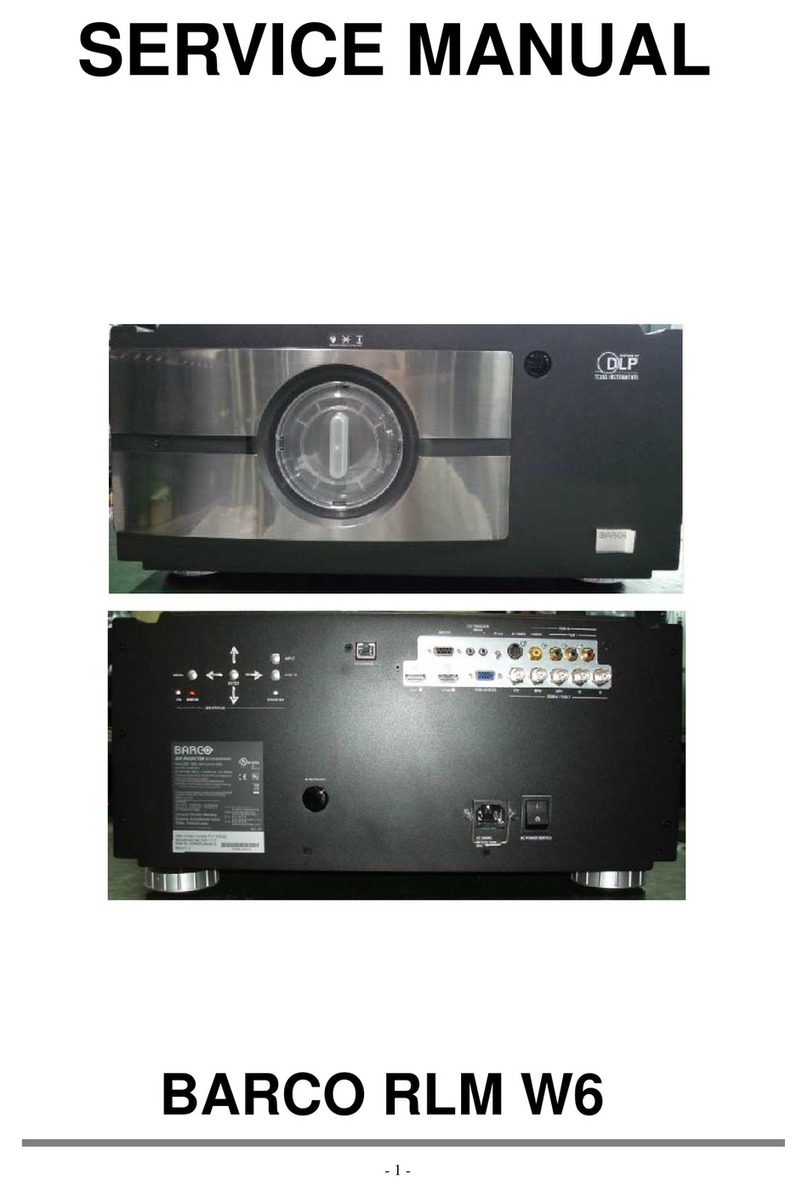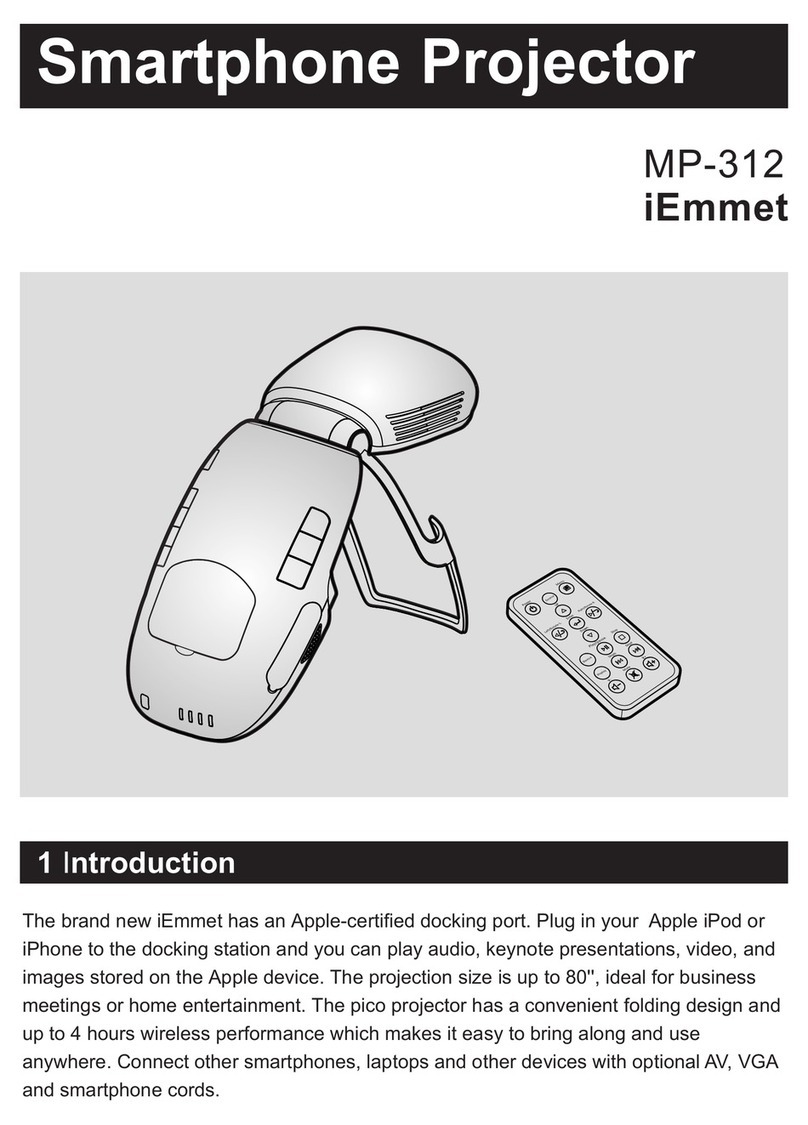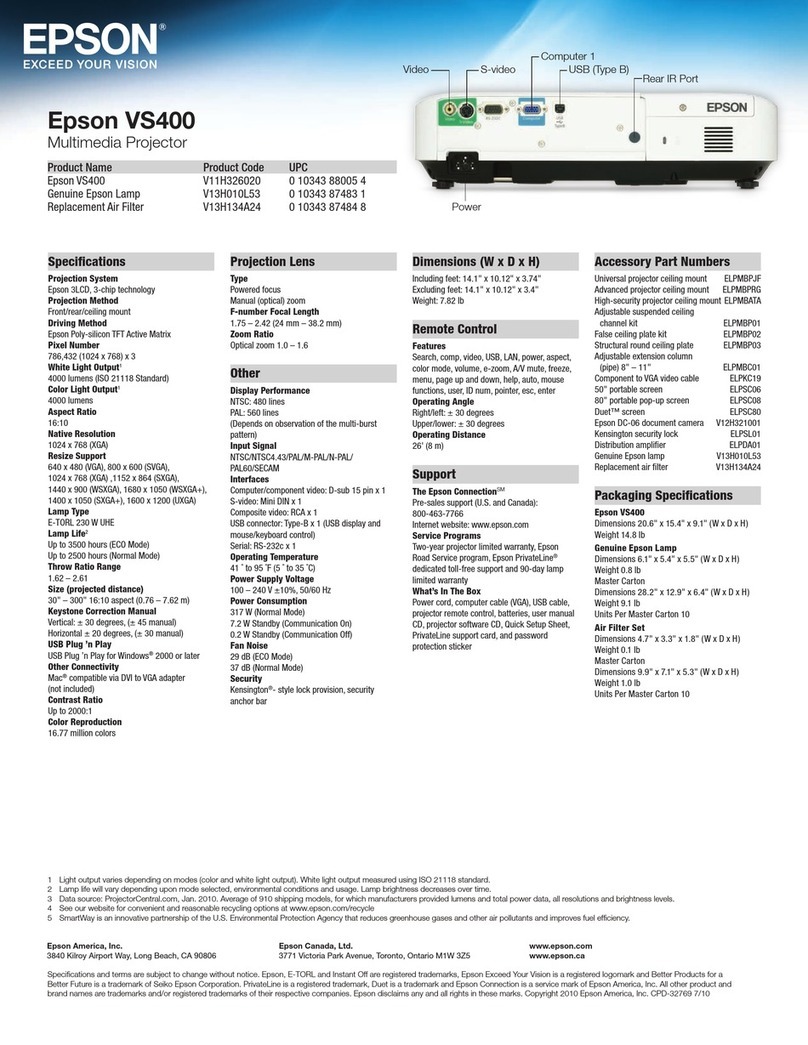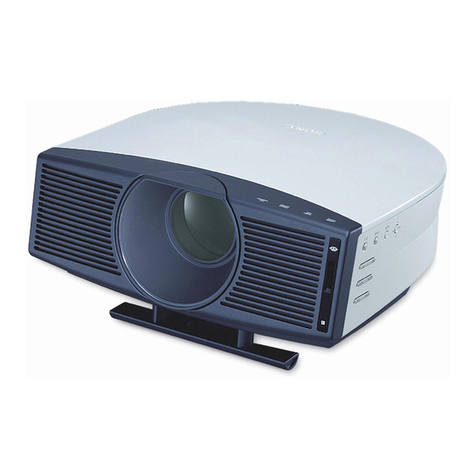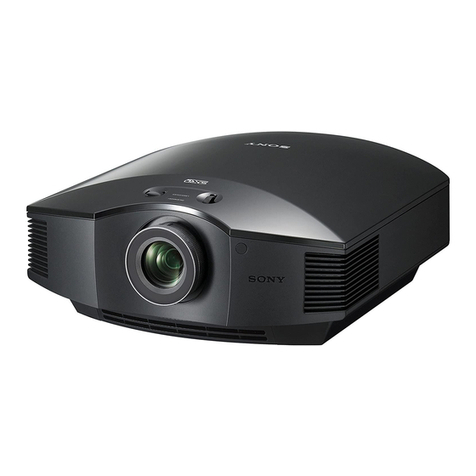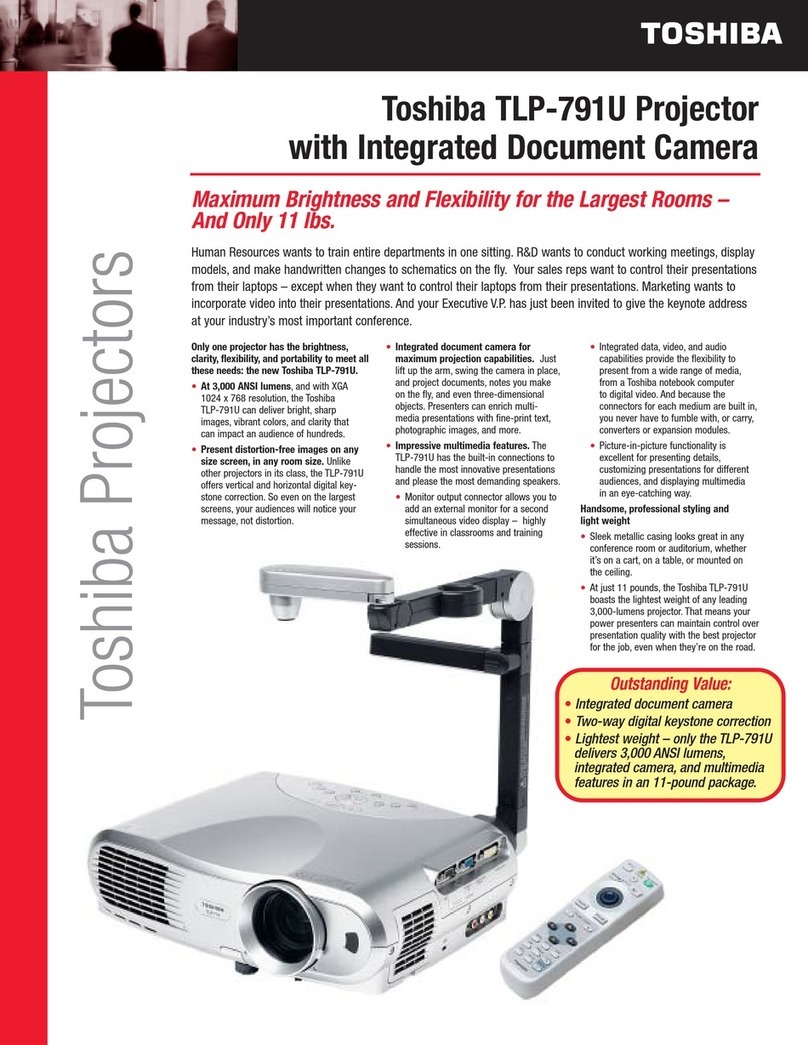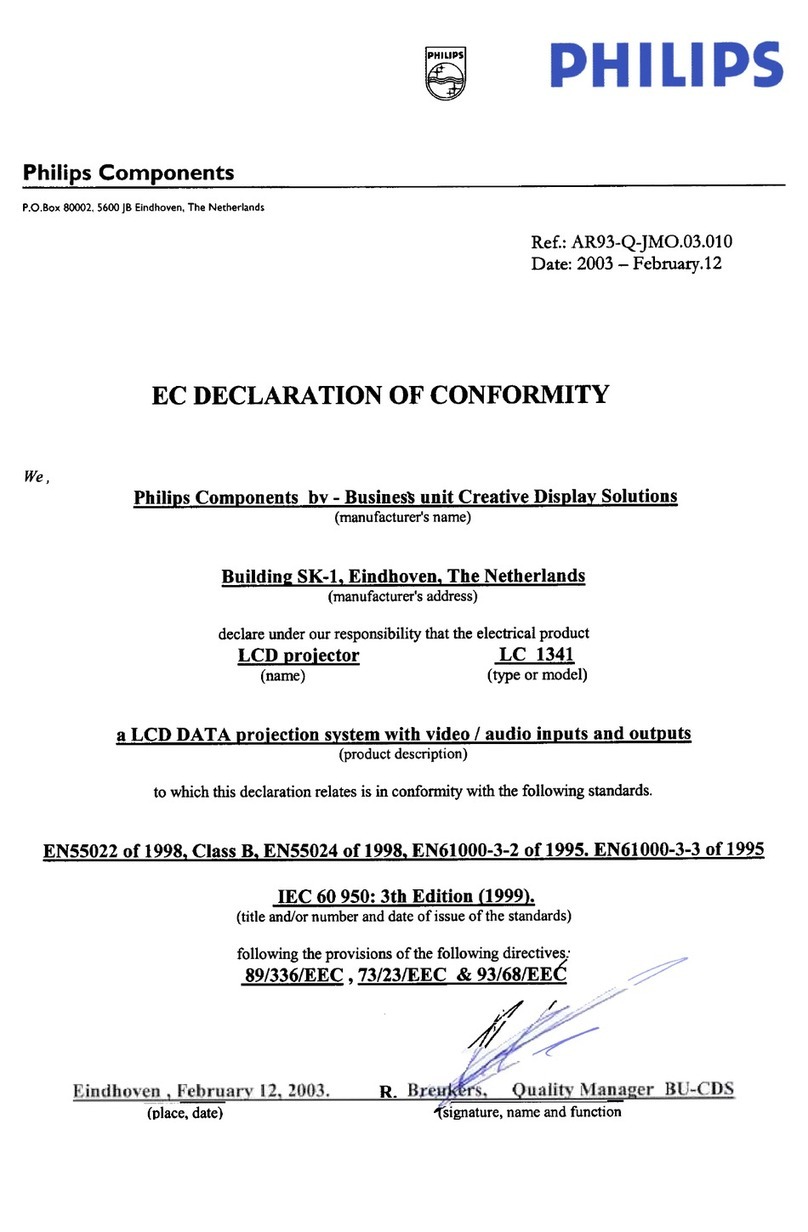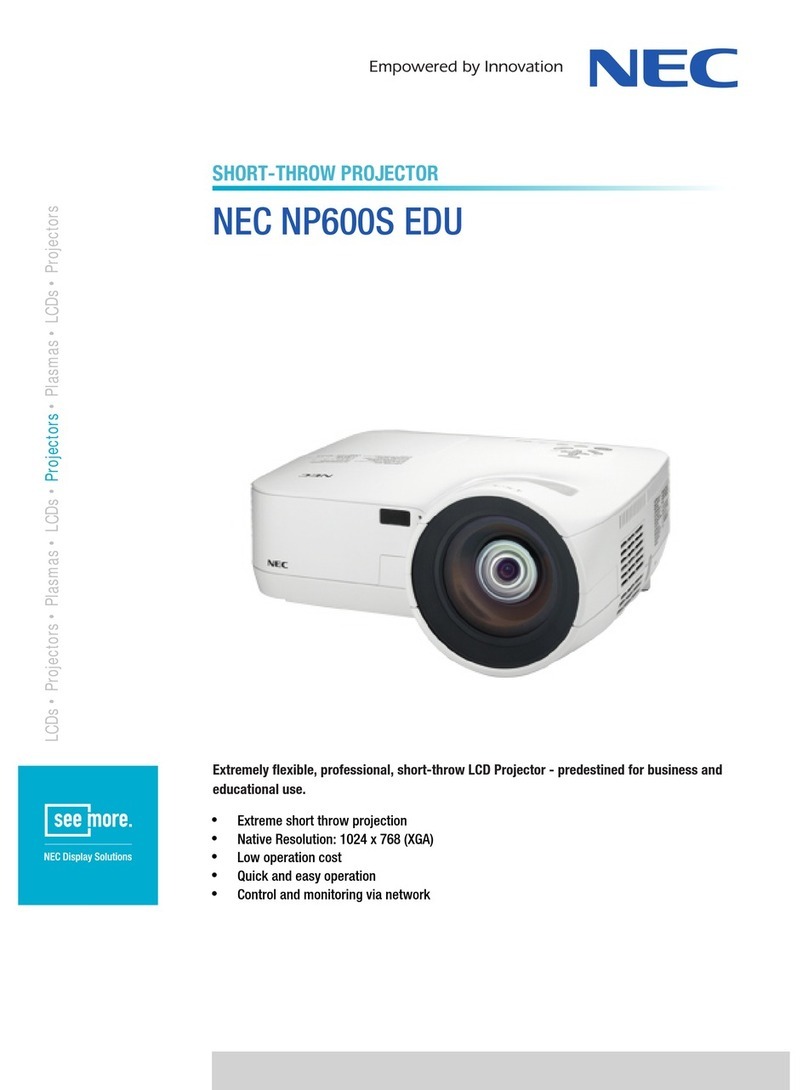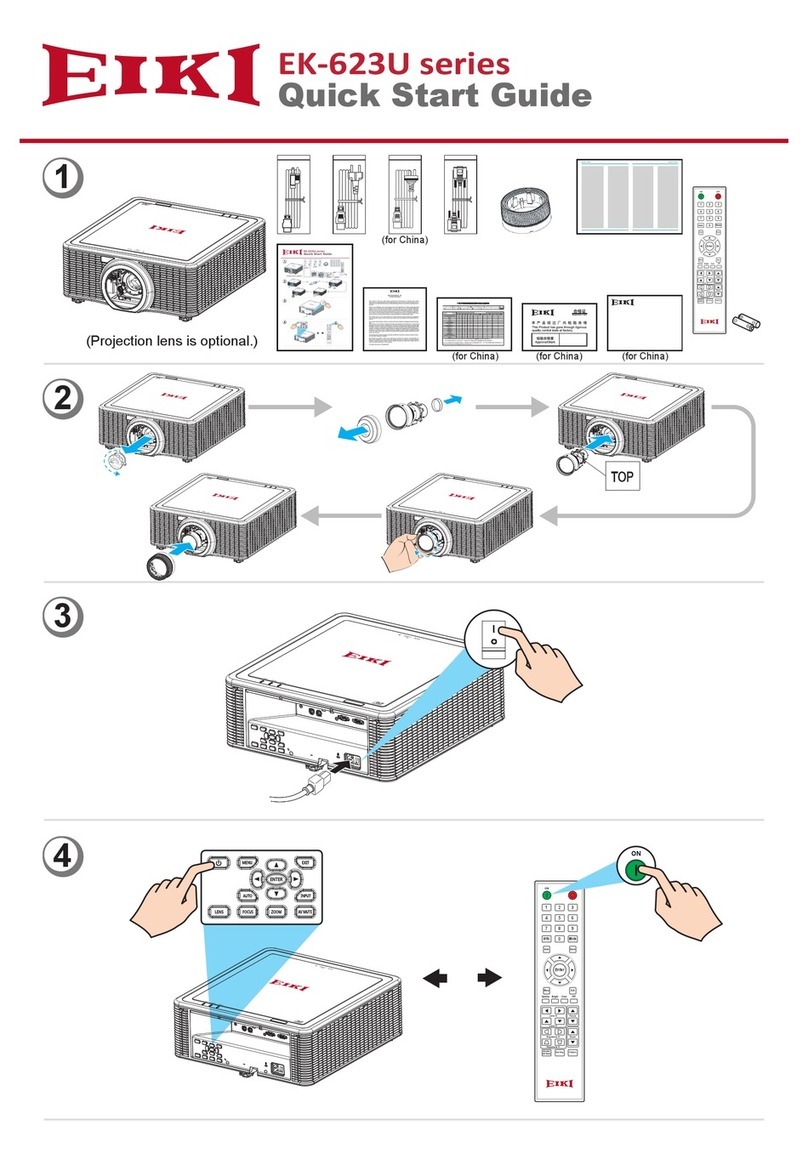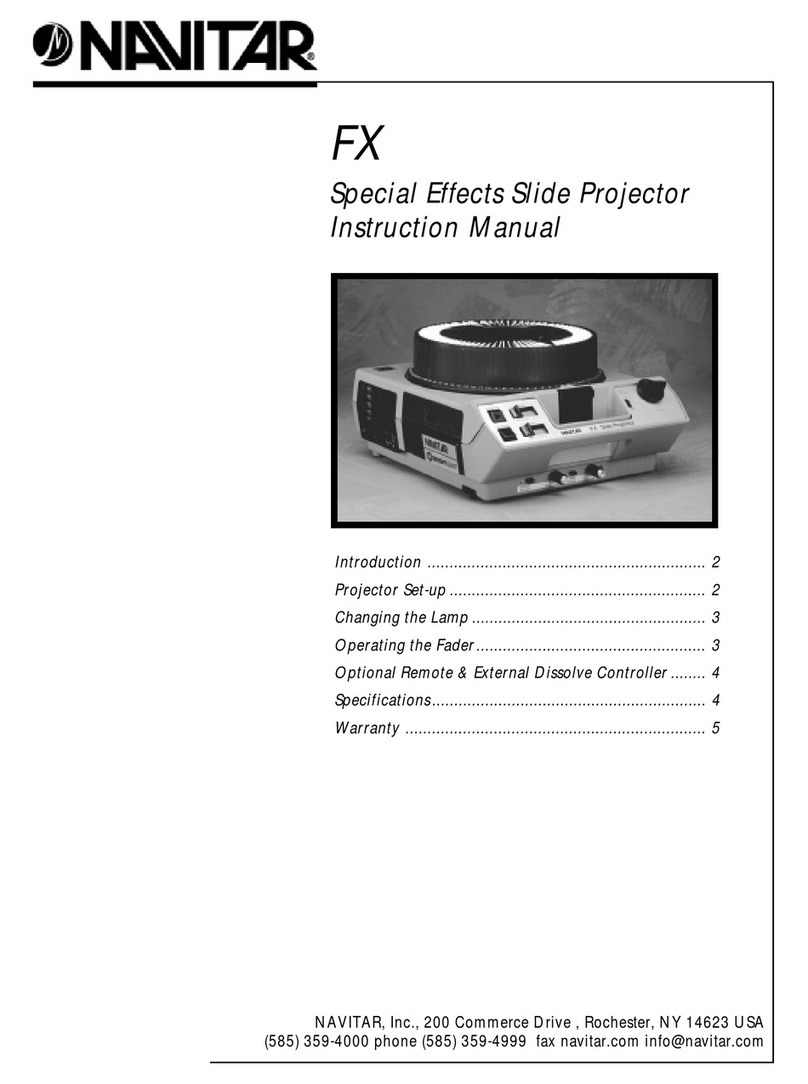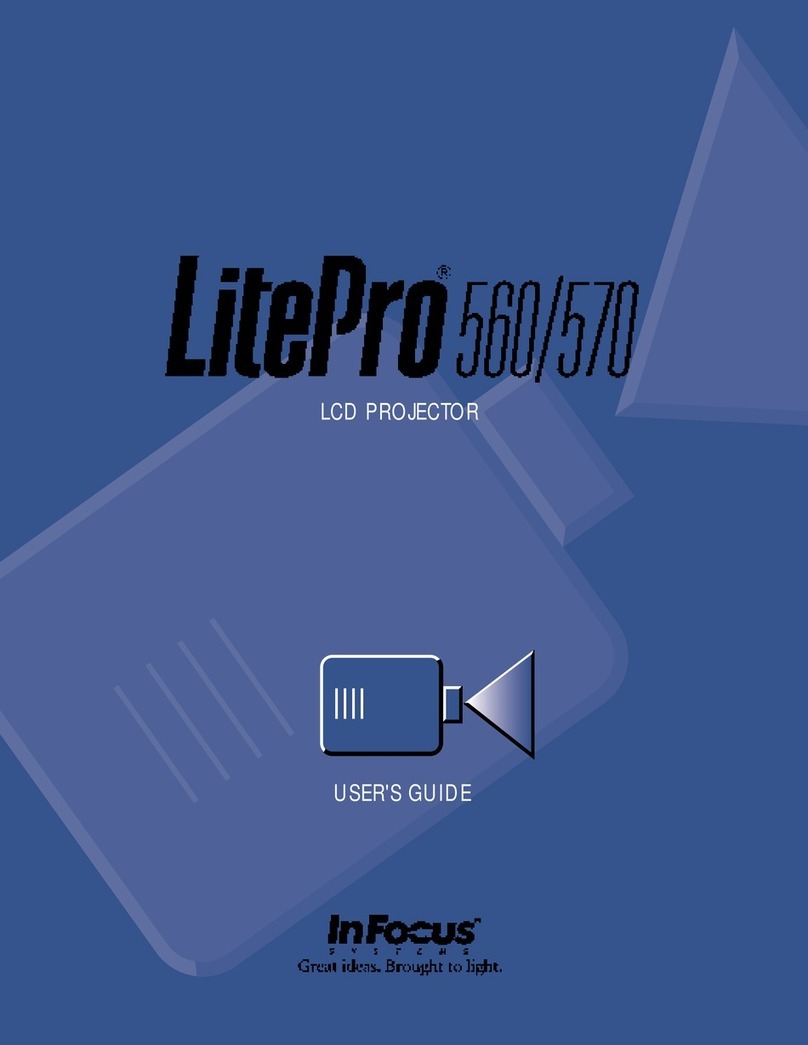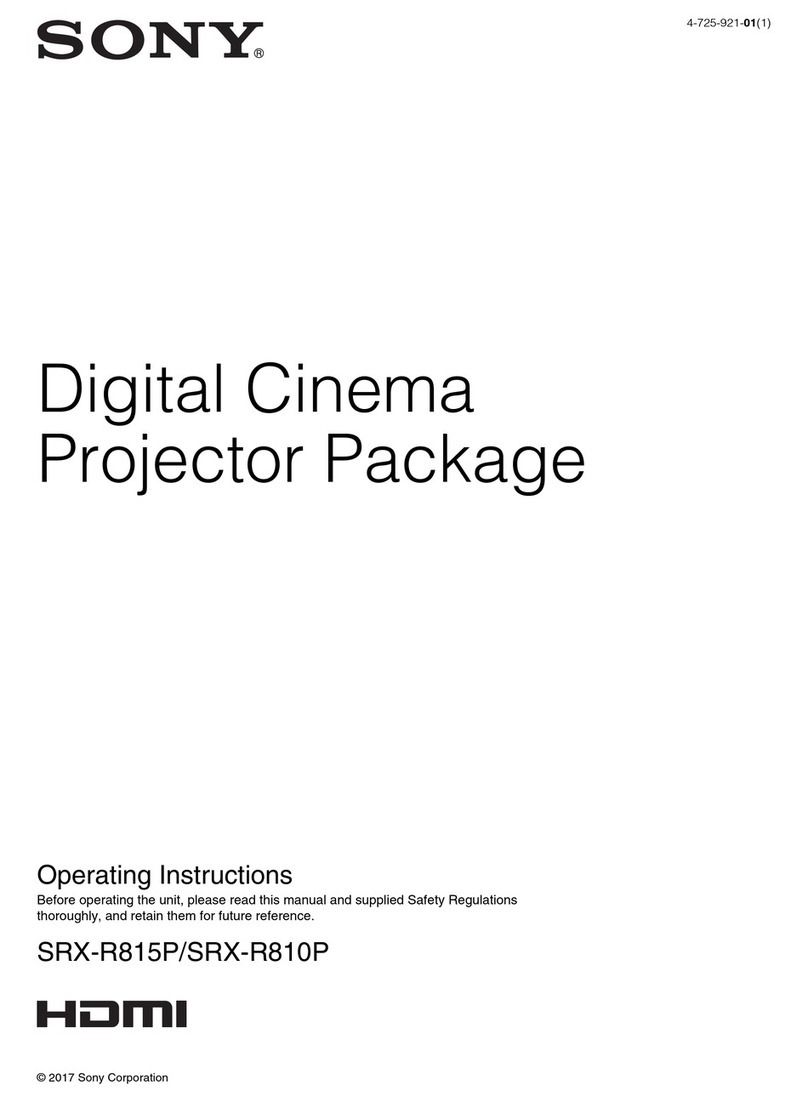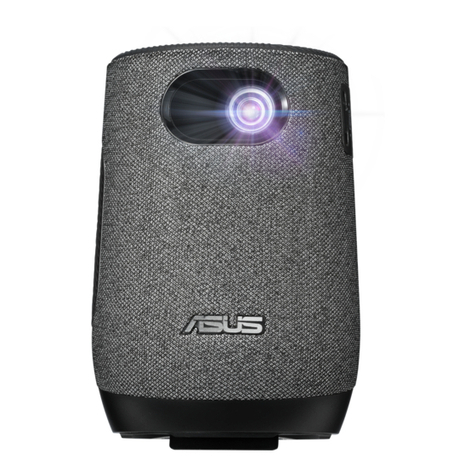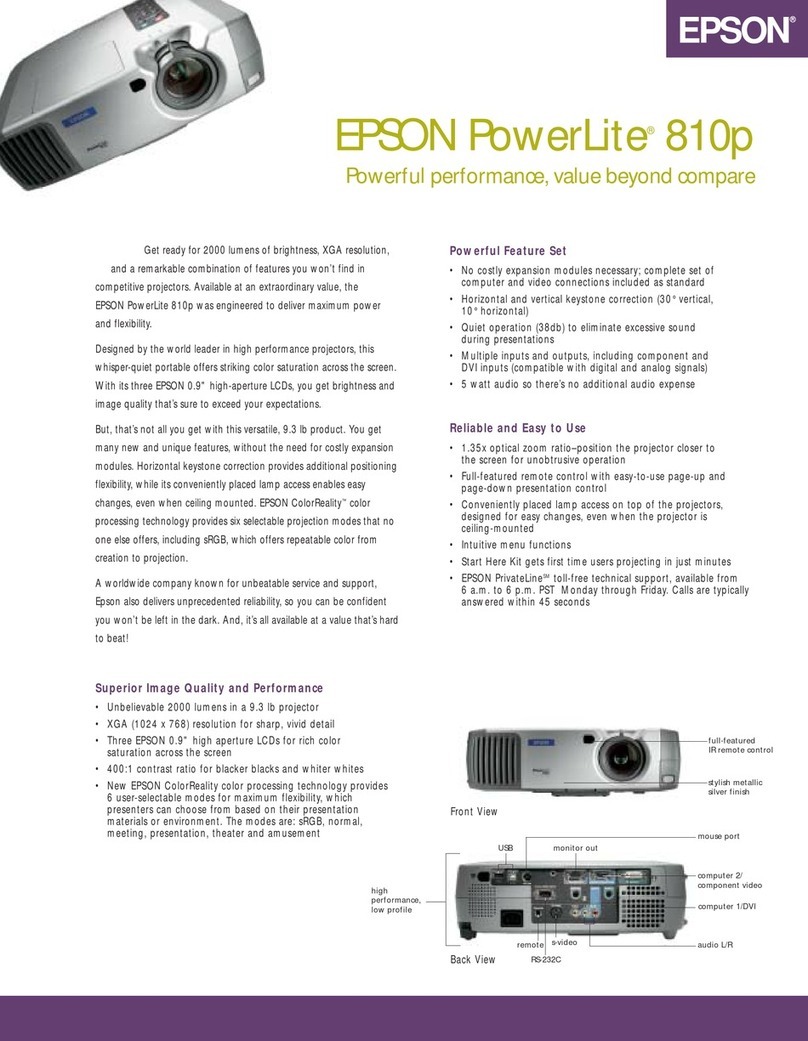
Table of contents
TABLE OF CONTENTS
1. Safety................................................................................................................ 3
1.1 General considerations.............................................................................................................. 3
1.2 Important safety instructions ........................................................................................................ 4
1.3 Product safety labels ................................................................................................................ 7
1.4 High Brightness precautions: Hazard Distance (HD) .............................................................................. 8
1.5 HD for fully enclosed projection systems ........................................................................................... 9
1.6 HD in function of modifying optics ..................................................................................................11
2. Remote Control Unit ..............................................................................................13
2.1 Remote control, Battery installation.................................................................................................13
2.2 Using the XLR connector of the RCU............................................................................................... 14
2.3 Remote control, on/off button .......................................................................................................14
3. Input & Communication..........................................................................................15
3.1 Introduction ..........................................................................................................................15
3.2 Input source connections. . . .........................................................................................................15
3.3 Communication connections ........................................................................................................21
3.4 LED and Button indication chart ....................................................................................................23
4. Getting Started.....................................................................................................25
4.1 Functionality overview ............................................................................................................... 25
4.2 Power on projector ..................................................................................................................26
4.3 Switching to standby ................................................................................................................28
4.4 Power off projector ..................................................................................................................28
4.5 Using the RCU.......................................................................................................................29
4.6 Projector Address.................................................................................................................... 30
4.6.1 Controlling the projector ......................................................................................................30
4.6.2 Displaying and Programming addresses into the RCU . .....................................................................31
4.7 Quick setup via Direct access.......................................................................................................31
5. Graphic User Interface (GUI) ....................................................................................33
5.1 Overview.............................................................................................................................33
5.2 Navigation ...........................................................................................................................33
5.3 Test Patterns......................................................................................................................... 34
6. GUI – Source .......................................................................................................37
6.1 Source Selection .................................................................................................................... 37
6.2 Connector Settings .................................................................................................................. 37
7. GUI – Image ........................................................................................................39
7.1 Setting image levels manually ......................................................................................................39
7.2 P7 Realcolor.........................................................................................................................40
7.3 Setting the output resolution ........................................................................................................41
8. GUI – Installation ..................................................................................................43
8.1 Configuring the lens, shift ...........................................................................................................43
8.2 Orientation ........................................................................................................................... 43
8.3 Warping ..............................................................................................................................44
8.3.1 About warping................................................................................................................. 44
8.3.2 Warping – On/Off .............................................................................................................44
8.3.3 Warping – Screen Size .......................................................................................................45
8.3.4 Warping – 4 corners adjustment.............................................................................................. 46
8.3.5 Warping – Bow................................................................................................................47
8.4 Blending..............................................................................................................................48
8.4.1 Blend Zones . ..................................................................................................................49
8.5 Laser illumination.................................................................................................................... 51
9. GUI – System Settings............................................................................................53
9.1 Communication, LAN setup .........................................................................................................53
9.1.1 Introduction to a Network connection ........................................................................................53
9.1.2 Wired IP address set up ......................................................................................................54
9.2 GSM configuration................................................................................................................... 55
9.3 IR control.............................................................................................................................56
9.3.1 Broadcast address . . . ......................................................................................................... 56
9.3.2 Projector address .............................................................................................................56
9.3.3 IR sensors.....................................................................................................................57
9.4 Themes .............................................................................................................................. 58
9.5 Service Menu ........................................................................................................................58
9.5.1 Service – Color................................................................................................................59
9.5.2 Service – Statistics............................................................................................................59
9.5.3 Lens Calibration...............................................................................................................60
9.5.4 Lens features. .................................................................................................................61
9.6 Reset.................................................................................................................................62
R5906112 UDX SERIES 24/05/2017 1
